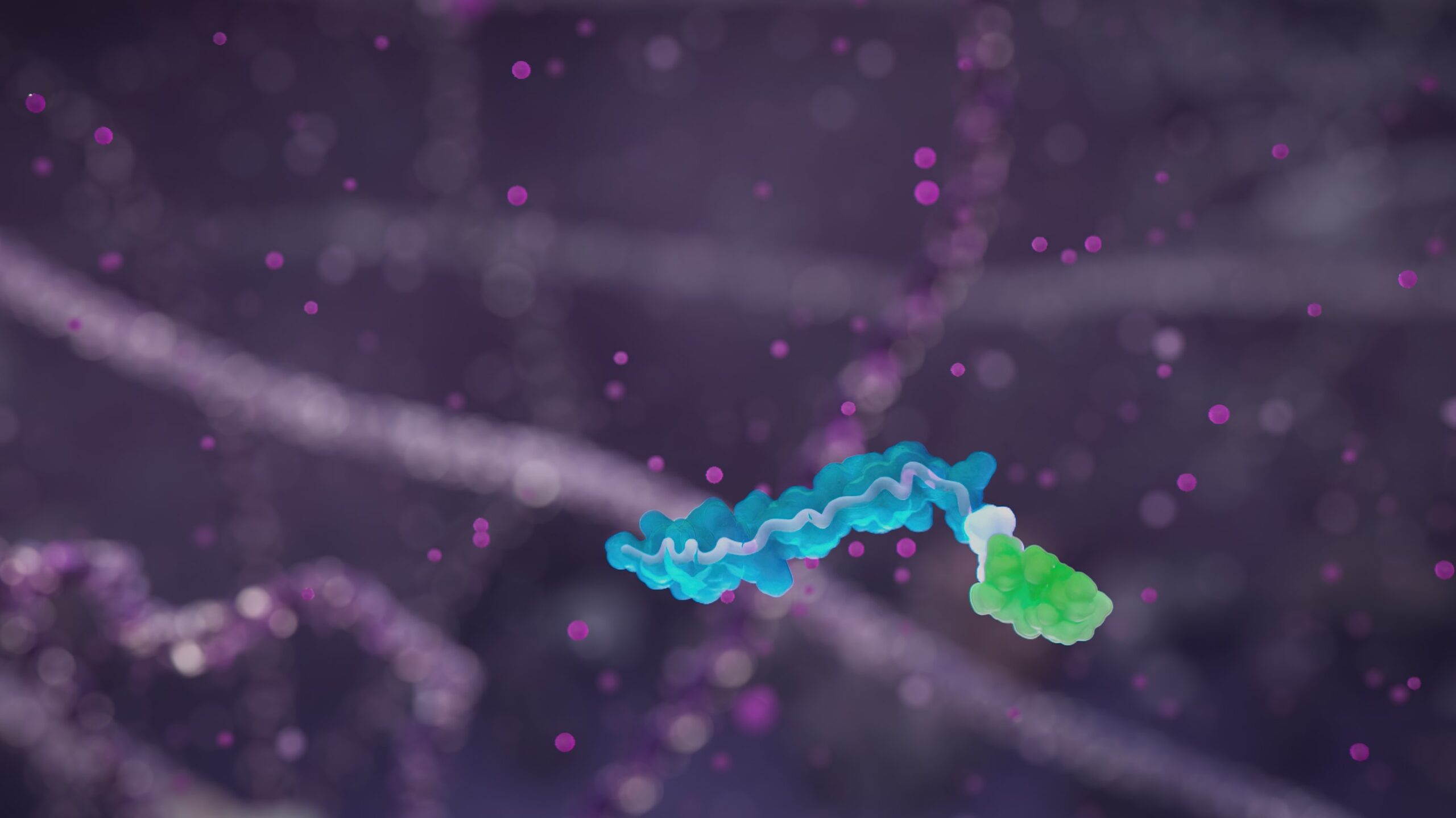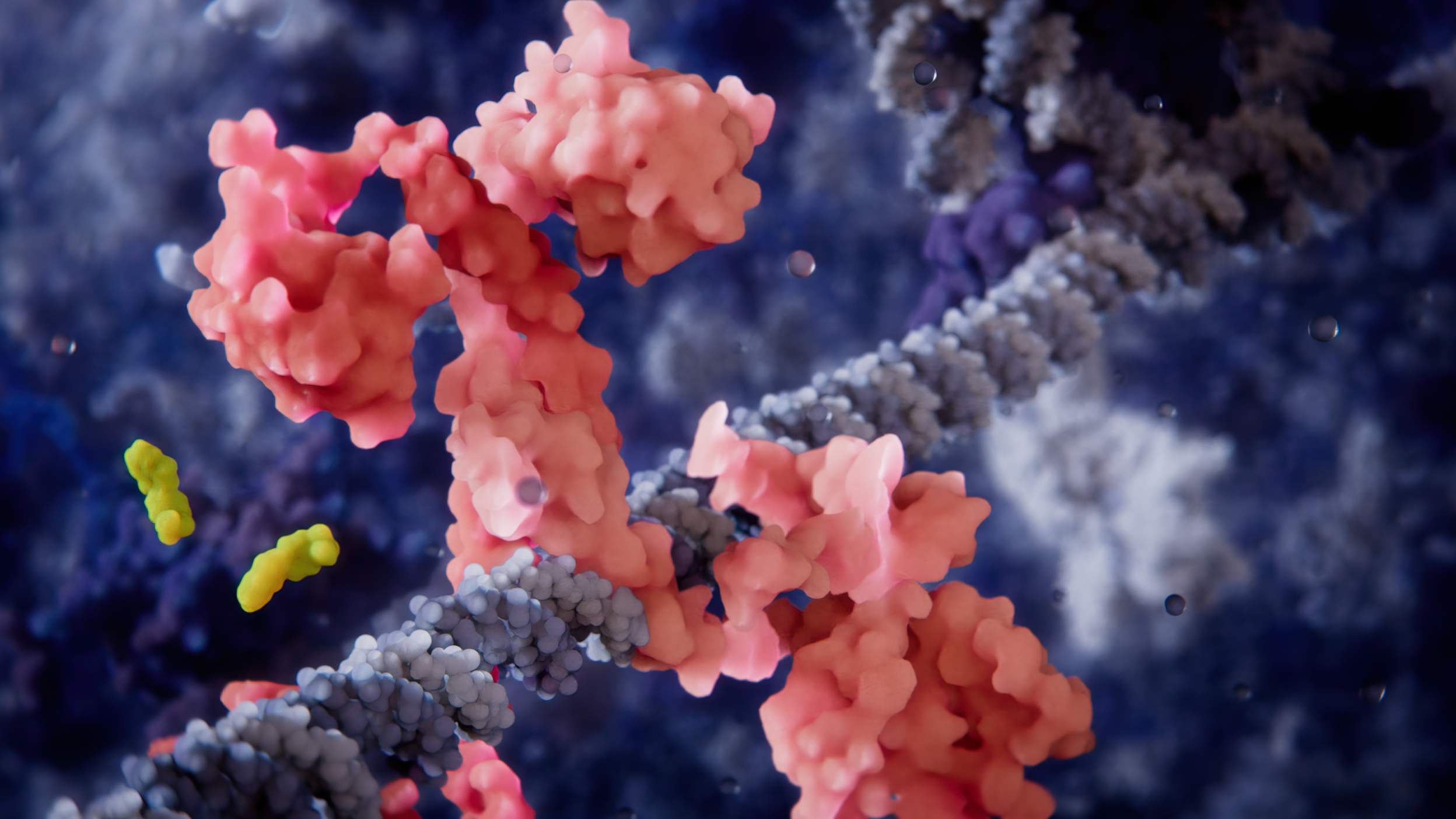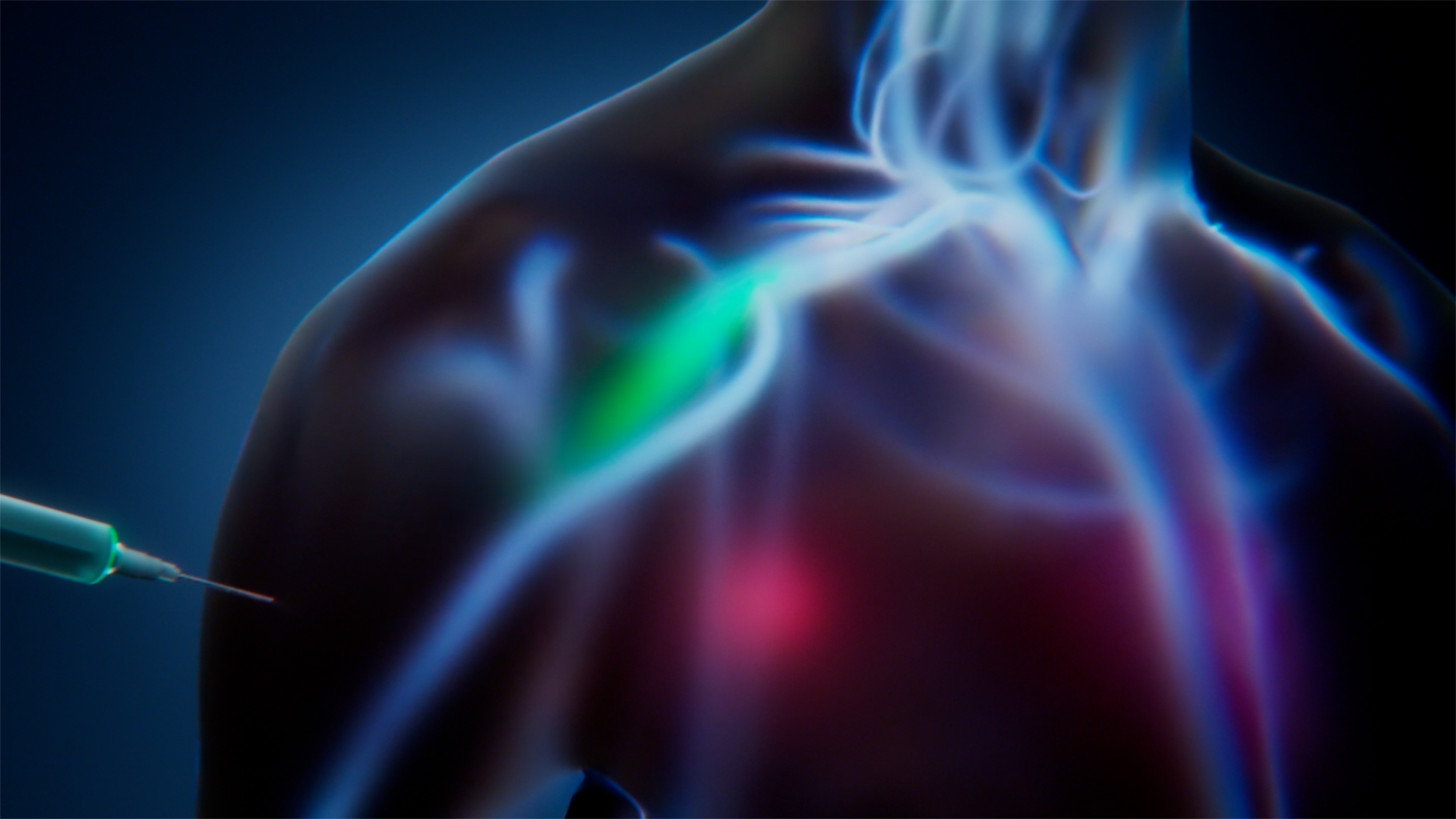CRISPR-Cas mechanism of action
CRISPR-Cas is both a bacterial immune defense system and a derived suite of tools and technologies for gene editing, visualization, and regulation. The discovery and re-engineering of these tools has been amongst the most groundbreaking milestones in biochemistry in the 21st century. Jennifer Doudna and Emmanuelle Charpentier were awarded the 2020 Nobel Prize in Chemistry for their contributions to the development of a gene-editing method based on the CRISPR-Cas9 effector.
Project goal
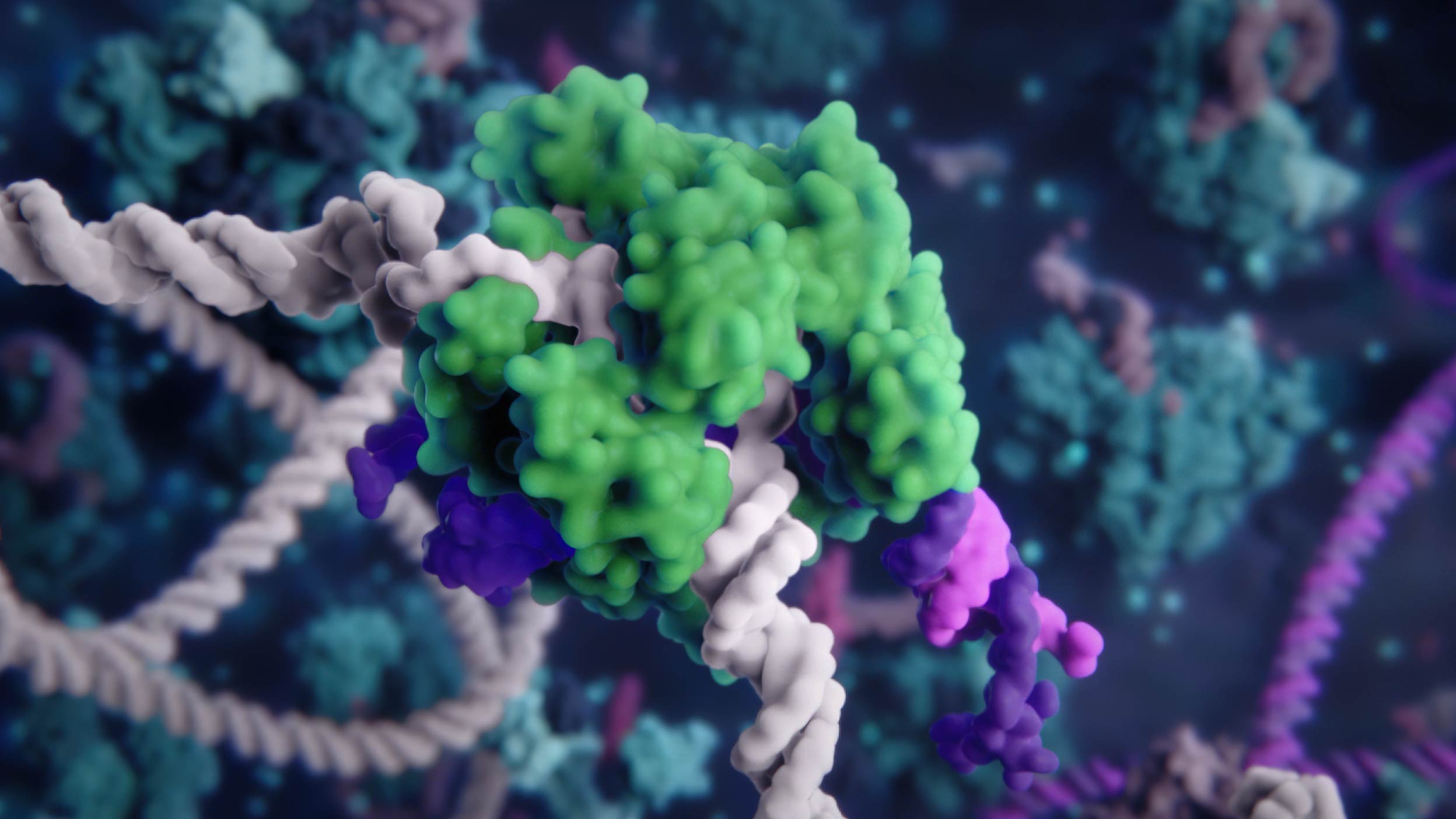
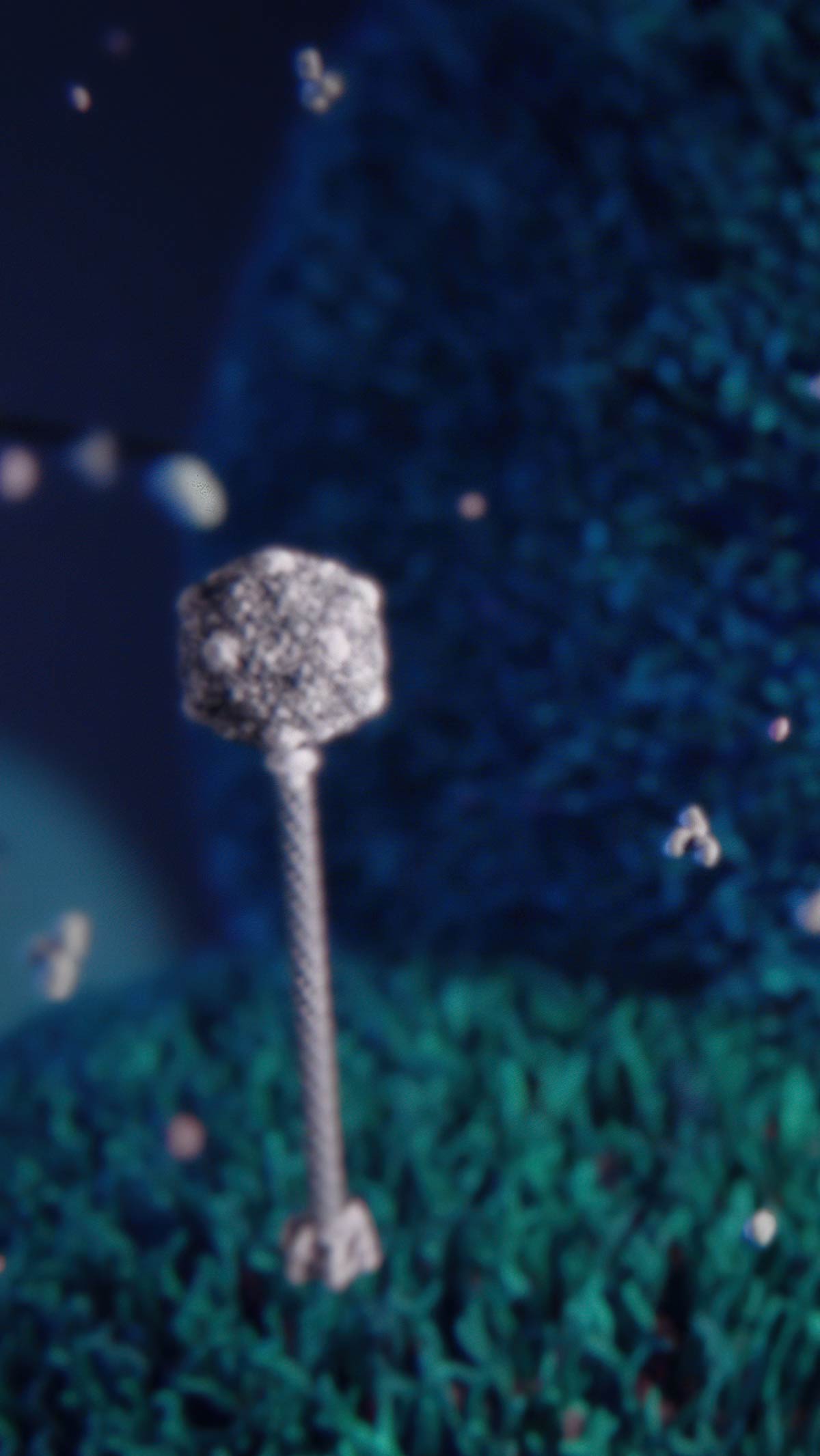
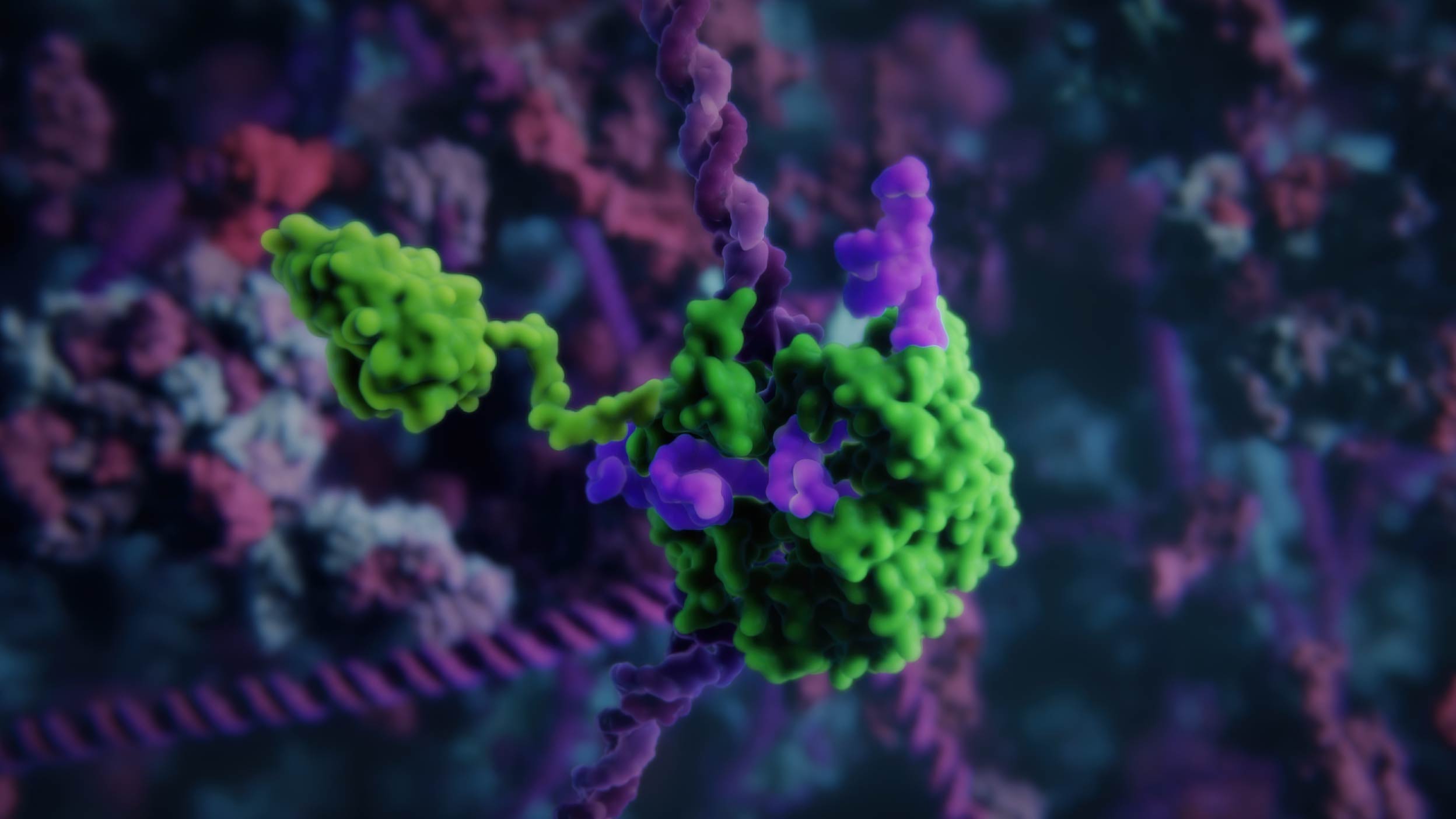
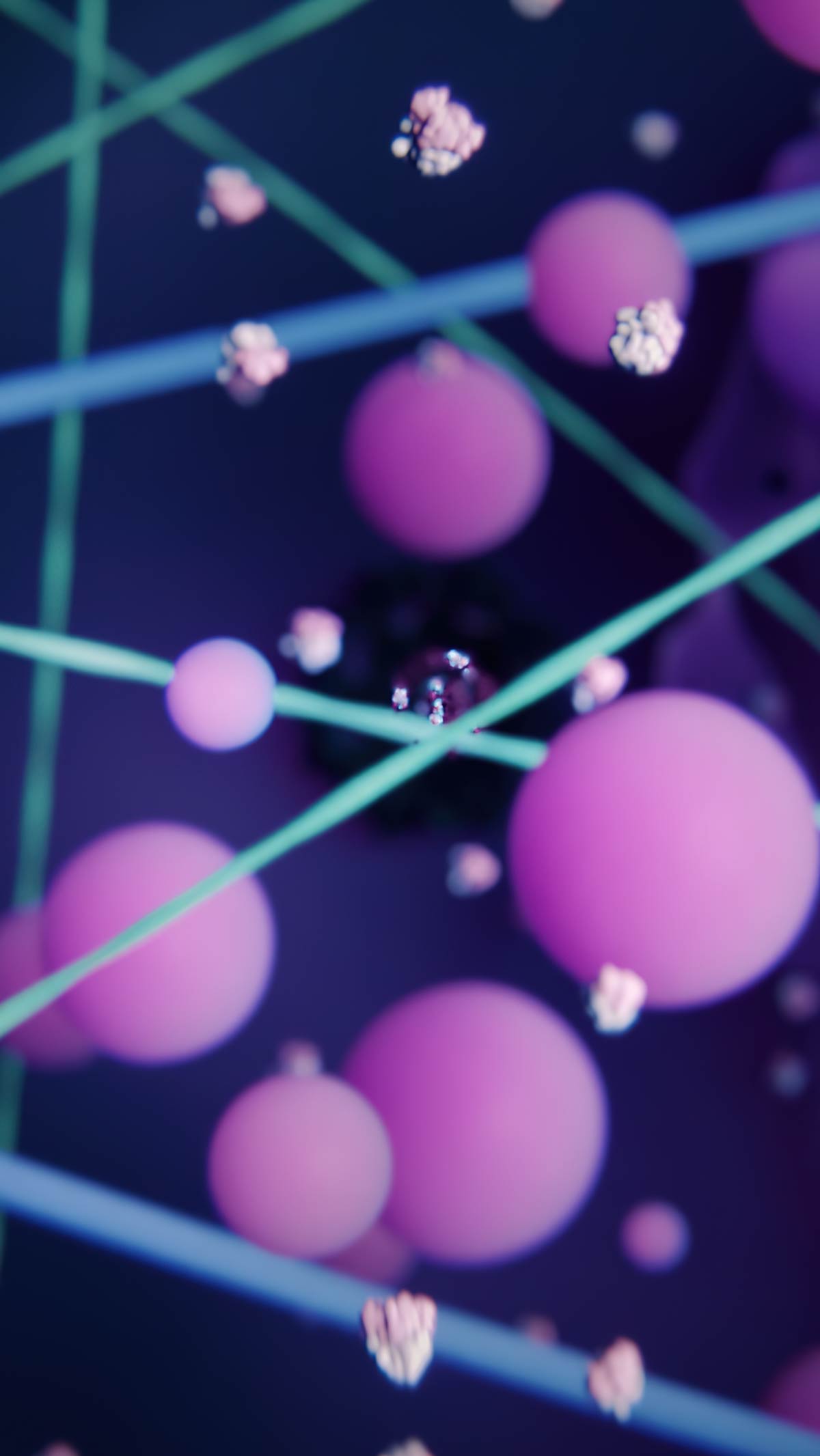
The Process












Why we used this animation type?
This high-end 3D animation showcases both natural (bacterial) and genetically-engineered CRISPR systems, while explaining their potential applications for human gene editing. To ensure the utmost accuracy in these visualizations, we employed our most advanced approach, applying the full array of computational biology methods available to our team. The animation's visual style is the product of sophisticated collaboration between multiple lookdev and compositing artists. In several scenes throughout the animation, we incorporated schematic 2D overlays to help the viewer navigate the visuals, enhancing comprehension of complex molecular structures.
Full animation
Case study animation
or ask your question via [email protected]





